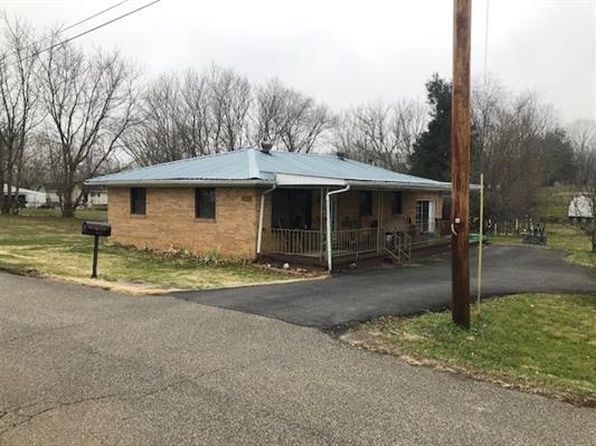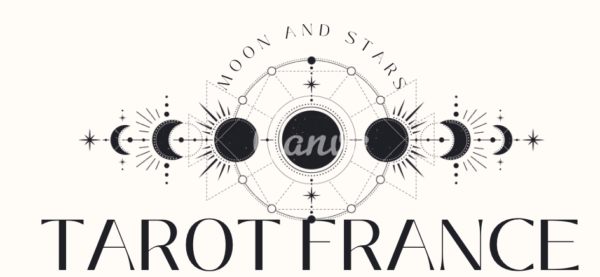Thirty-year fixed-rate mortgages are available, as well as 7/1 and 10/1 adjustable-rate loans

Mobile homes can provide the stability and comfort of a traditional home, but at a much lower price. The catch? If you want to buy a mobile home and finance the cost, it can be more difficult than taking out a regular mortgage loan. Here’s what you need to know if you want a mobile home loan.
When shopping for a mobile home loan, you might also come across the term “manufactured home.” Mobile and manufactured home loans are essentially the same thing; “mobile homes” are factory-built before June 15, 1976, and “manufactured 600 loan over 3 months homes” are mobile homes built after this date.
These loans come with terms of up to 30 years and allow for down payments as low as 3
Manufactured homes are subject to construction and safety standards put in place by the U.S. Department of Housing and Urban Development. HUD’s Manufactured Home Construction and Safety Standards regulate thermal protection, plumbing, electrical, fire safety and more.
“Financing a mobile home is more difficult than financing a conventional home, but getting a loan for a mobile home is still feasible,” says Daniela Andreevska, content marketing director at Mashvisor, a real estate data analytics company.
“When approaching the purchase of a mobile home, you first need to determine whether it’s on a permanent foundation,” says Matthew Yu, vice president of loans and investments at real estate lending and investment firm Socotra Capital. You’ll have more options, including conventional and federally backed mortgage loans, if the home is on a permanent foundation.
Mobile homes that meet certain requirements can qualify for a traditional home loan. In addition to sitting on a foundation, the home needs to have its wheels removed so that it’s stationary, and you should also own the land under it. In most cases, it must be at least 400 square feet in size — sometimes more. If these requirements are met, it qualifies as “real property” and can be financed with a mortgage.
“For manufactured homes financed as real property, the terms are pretty much the same as those for traditional ‘stick-built’ houses,” says Gina Pogol, staff writer for consumer mortgage information website HSH. For example, you can choose a 15-year or 30-year fixed-rate loan. Mortgage rates are about the same, too, although they may be slightly higher because there is less competition for that business, Pogol says.
On the other hand, if the home does not meet the requirements for a mortgage and is movable, you will need to apply for a chattel loan, a type of personal property loan, not a real estate loan, according to Andreevska.
If your manufactured home qualifies as real property, there are a number of mobile and manufactured home loan programs you can consider.
— Fannie Mae. You can borrow a manufactured home loan under the Fannie Mae MH Advantage program, as long as the title includes both the home and the land it’s on. It must also qualify as real property. The down payment can be as low as 3%. Some homes are ineligible, including investment properties and single-wide homes.
— Freddie Mac. To qualify for a manufactured home loan through Freddie Mac’s program, the home must be considered real property. Fixed-rate mortgages are available, as well as 7/1 and 10/1 ARMs. Both primary residences and second homes qualify, but investment properties don’t. You can put down as little as 5%.
— U.S. Department of Veterans Affairs. Some VA lenders allow mobile home financing. VA loans can be used to purchase or refinance a mobile home, plus the lot if you wish; to purchase and improve a lot for your existing mobile home; to refinance a mobile home in order to buy a lot; or to refinance an existing VA mobile home loan. The home must be considered real property with a permanent foundation. It’s possible to finance with no money down and no mortgage insurance, as long as you meet the lender’s credit and income requirements. Loan terms range from 15 to 25 years, depending on the type.
